NAIAS 2016: 2017 Honda Ridgeline is Your Party Truck Right Cha

Few segments are as hot as mid-sized trucks right now, and the 2017 Honda Ridgeline couldn’t come at a better time for Honda. After a two-year hiatus, Honda is propping up its new truck on a massive stage to sway mid-size buyers unfazed by the new General Motors twin mid– sized pickups, or Toyota’s new Tacoma, or Ford’s coming Ranger, or … you get the idea.
The truck, which is likely powered by a 3.5-liter VTEC V-6 mill borrowed from the Pilot, capitalizes on the same truck-like looks plunked on a unibody chassis that the made the last generation profitable — albeit a bit of a slow seller compared to others in the segment. For the first time, the Ridgeline will be available with front-wheel drive, and all-wheel drive models will get Honda’s i-VTM4 torque vectoring tech — contrary to what we heard last year.
Like the Pilot, the Ridgeline will have six forward cogs — the last generation only had a five-speed automatic transmission — likely in a bid to improve upon the last truck’s 16/21 mpg rating. (The Pilot manages 18/26 mpg, if you’re wondering.)
The Ridgeline’s distinctive body lines are gone this time around, eschewing cladding between the cab and bed of the prior truck for a boxier look. The 2017 Ridgeline’s bed is more than 5 inches wider and 4 inches longer than the outgoing truck, big enough to lay flat 4-foot wide plywood or drywall, according to Honda.
Honda didn’t divulge many details about the new Ridgeline including horsepower and payload capacity, other than to say the latter would be close to 1,600 pounds — similar to others within the class, including the Tacoma. The Pilot’s V-6 makes 280 horsepower and 262 pound-feet of torque, so it’s reasonable to expect something similar in the Ridgeline. It would be reasonable to assume that the 3,500 pound tow rating will carry over to the Ridgeline as well.
Apparently, Honda anticipates that many Ridgeline buyers will party in parking lots with their trucks. The Ridgeline sports a 400-watt power inverter in the bed, an in-bed lockable trunk and in-bed audio pumped through six speaker-like “exciters.” Honda said the Ridgeline’s tailgate opens from the bottom or its left hinge for easier loading.
The Ridgeline will go on sale later this year.

More by Aaron Cole
Latest Car Reviews
Read moreLatest Product Reviews
Read moreRecent Comments
- Theflyersfan I used to love the 7-series. One of those aspirational luxury cars. And then I parked right next to one of the new ones just over the weekend. And that love went away. Honestly, if this is what the Chinese market thinks is luxury, let them have it. Because, and I'll be reserved here, this is one butt-ugly, mutha f'n, unholy trainwreck of a design. There has to be an excellent car under all of the grotesque and overdone bodywork. What were they thinking? Luxury is a feeling. It's the soft leather seats. It's the solid door thunk. It's groundbreaking engineering (that hopefully holds up.) It's a presence that oozes "I have arrived," not screaming "LOOK AT ME EVERYONE!!!" The latter is the yahoo who just won $1,000,000 off of a scratch-off and blows it on extra chrome and a dozen light bars on a new F150. It isn't six feet of screens, a dozen suspension settings that don't feel right, and no steering feel. It also isn't a design that is going to be so dated looking in five years that no one is going to want to touch it. Didn't BMW learn anything from the Bangle-butt backlash of 2002?
- Theflyersfan Honda, Toyota, Nissan, Hyundai, and Kia still don't seem to have a problem moving sedans off of the lot. I also see more than a few new 3-series, C-classes and A4s as well showing the Germans can sell the expensive ones. Sales might be down compared to 10-15 years ago, but hundreds of thousands of sales in the US alone isn't anything to sneeze at. What we've had is the thinning of the herd. The crap sedans have exited stage left. And GM has let the Malibu sit and rot on the vine for so long that this was bound to happen. And it bears repeating - auto trends go in cycles. Many times the cars purchased by the next generation aren't the ones their parents and grandparents bought. Who's to say that in 10 years, CUVs are going to be seen at that generation's minivans and no one wants to touch them? The Japanese and Koreans will welcome those buyers back to their full lineups while GM, Ford, and whatever remains of what was Chrysler/Dodge will be back in front of Congress pleading poverty.
- Corey Lewis It's not competitive against others in the class, as my review discussed. https://www.thetruthaboutcars.com/cars/chevrolet/rental-review-the-2023-chevrolet-malibu-last-domestic-midsize-standing-44502760
- Turbo Is Black Magic My wife had one of these back in 06, did a ton of work to it… supercharger, full exhaust, full suspension.. it was a blast to drive even though it was still hilariously slow. Great for drive in nights, open the hatch fold the seats flat and just relax.Also this thing is a great example of how far we have come in crash safety even since just 2005… go look at these old crash tests now and I cringe at what a modern electric tank would do to this thing.
- MaintenanceCosts Whenever the topic of the xB comes up…Me: "The style is fun. The combination of the box shape and the aggressive detailing is very JDM."Wife: "Those are ghetto."Me: "They're smaller than a Corolla outside and have the space of a RAV4 inside."Wife: "Those are ghetto."Me: "They're kind of fun to drive with a stick."Wife: "Those are ghetto."It's one of a few cars (including its fellow box, the Ford Flex) on which we will just never see eye to eye.



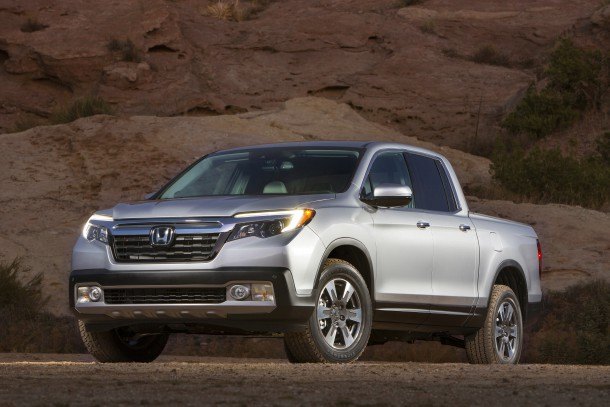













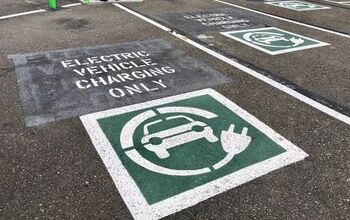
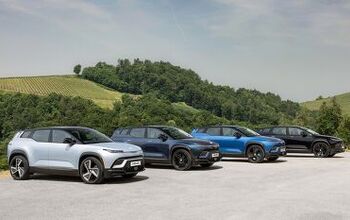
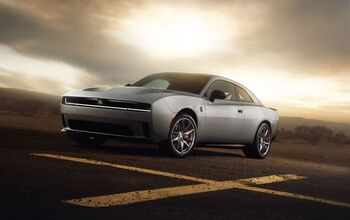
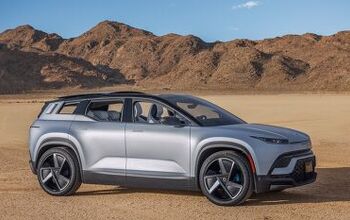
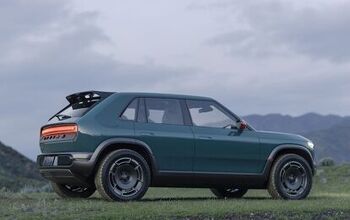
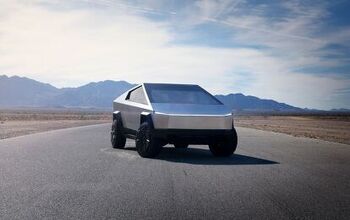
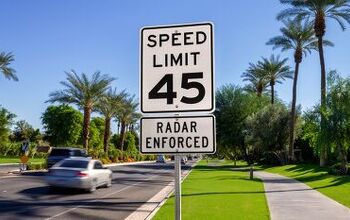
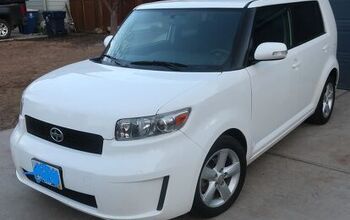
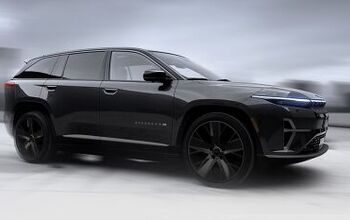

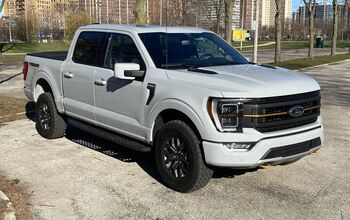

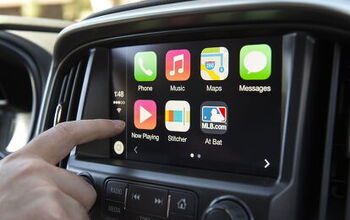
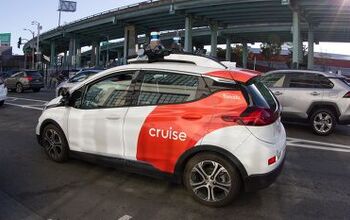
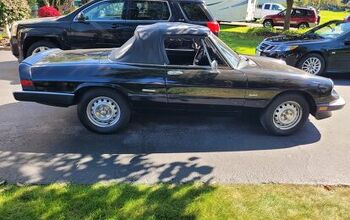
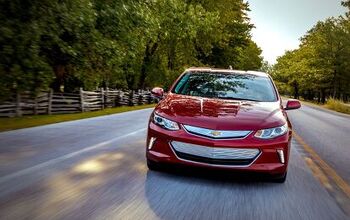
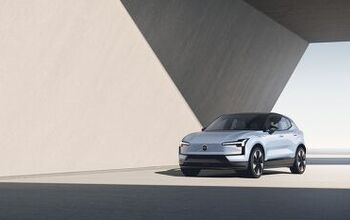
Comments
Join the conversation
The Honda Ridgeline has been, and will forever be a cult-following type truck. You will either love it, or hate it. It's the Mazda5 of the truck world. For me, on paper, it is damn near perfect. Honda clearly did their homework researching how 75% of light-duty truck owners use their vehicles. In execution, it has always looked a bit geeky. But, I am the design target. Suburban home owner with a 40 minute commute. I need utility without 12 MPG. A SUV/CUV doesn't cut it for me. Need to haul bulky items that don't fit in a cargo compartment (drywall, plywood, pavers, scoops of dirt etc). The Ridgeline is built exactly for those things on the weekend, and a capable commuter on weekdays. A CUV with a trailer hitch would probably work, but isn't the setup for me. Everyone loves to hate what isn't considered the social norms. I don't need 10K pounds of towing. I don't want to spend $40K on a truck that will do everyday tasks poorly. I will use 90% of the capabilities of the Ridgeline. Why spend more to only use 50% of the capabilities of a full-size?
"It would be reasonable to assume that the 3,500 pound tow rating will carry over to the Ridgeline as well." This is incorrect, the old Ridgeline had a 5,000 pound tow rating, not 3,500.